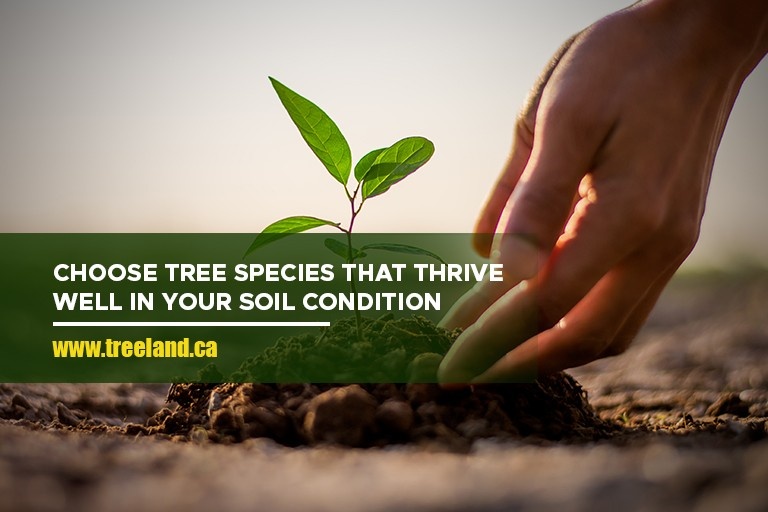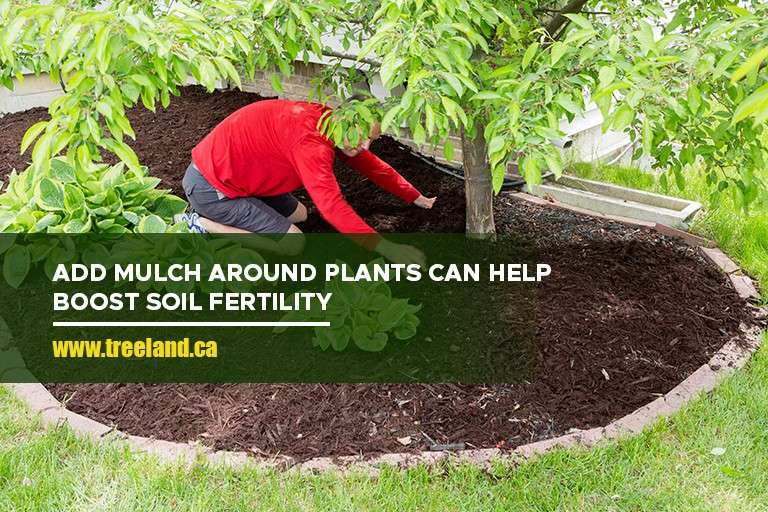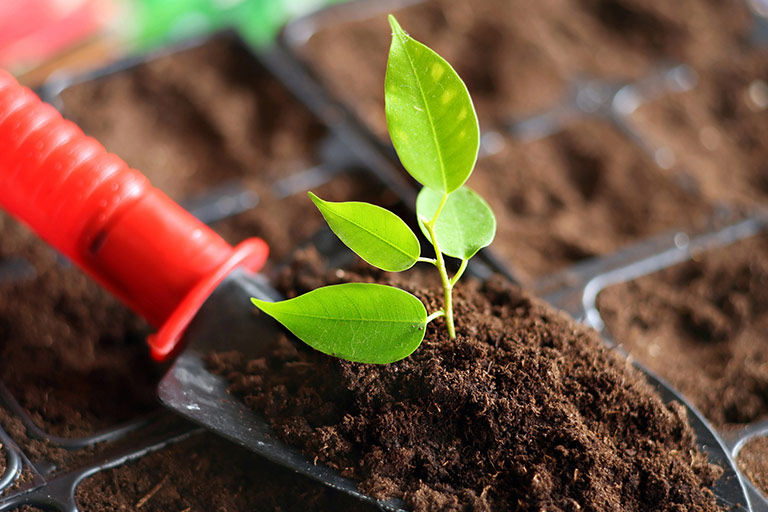Planting trees is a rewarding endeavour that contributes to environmental sustainability and enhances the beauty of our surroundings. However, the success of tree planting largely depends on proper soil preparation. In this guide, we’ll delve into the essential steps and considerations for preparing soil to ensure the healthy growth of your trees.
Understanding Soil Preparation for Tree Planting
Planting trees is not merely an act of placing saplings into the ground; it’s about creating an environment where they can thrive and flourish for generations to come. Central to this endeavour is the art and science of soil preparation.
What is Soil Preparation?
Soil preparation is the process of preparing soil to create an optimal environment for tree roots to establish and thrive. It involves assessing the soil, making necessary amendments, and improving its structure and nutrient content.
Why Soil Preparation Matters for Tree Planting
Proper soil preparation is vital to ensure the long-term health and vitality of newly planted trees. It provides the foundation for root development and nutrient uptake, ultimately influencing the tree’s growth and resilience.
Assessing Your Soil
Understanding Your Soil Type
Before planting trees, it’s crucial to understand the composition of your soil. Soil types vary widely, including clay, loam, and sandy soils, each with its unique characteristics and drainage properties. Identifying the soil type will help you determine the appropriate amendments and planting techniques.
Soil Testing
Conducting soil tests is essential to assess its pH levels, nutrient content, and drainage capacity. Soil testing kits are readily available at gardening centres or through professional soil testing services. By understanding your soil’s specific needs, you can tailor your soil preparation efforts accordingly.
Selecting the Right Tree Species

Matching Trees to Soil Conditions
Different tree species have specific soil preferences and environmental requirements. Consider the soil type, sunlight exposure, and water availability in your planting area when selecting trees. Choose species that are well-suited to thrive in your soil conditions.
Considering Sunlight and Water Requirements
Ensure that the trees you choose are compatible with the amount of sunlight and water available in your planting site. Matching tree species to environmental conditions will increase their chances of successful establishment and long-term survival.
Timing and Seasonal Considerations
Best Time for Soil Preparation
Timing is crucial when preparing soil for tree planting. Ideally, soil preparation should be done well in advance of the planting season to allow amendments to integrate and settle into the soil. Consider local climate patterns and weather forecasts to determine the optimal timing for soil preparation.
Planning Ahead for Tree Planting
Planning ahead is key to a successful tree-planting project. Whether you are planning to plant shade or privacy trees in your Toronto yard, preparing soil in advance and coordinating planting schedules can ensure that everything is in place for a smooth and efficient planting process.
Steps for Soil Preparation Before Tree Planting
Clearing the Planting Area
Before planting trees, clear the planting area of debris, rocks, and existing vegetation. Create a clean and spacious planting bed to provide ample room for root expansion and minimize competition from weeds and other plants.
Amending the Soil
Incorporate organic matter such as compost or aged manure into the soil to improve its fertility and structure. Adding nutrients like nitrogen, phosphorus, and potassium will provide essential elements for healthy tree growth.
Improving Soil Structure
Break up compacted soil to promote better aeration and root penetration. Loosen the soil to create a favourable environment for root development and water infiltration.
Adjusting Soil pH
Test the soil pH and adjust it as needed to create an optimal growing environment for trees. Most trees prefer slightly acidic to neutral soil conditions. Use pH modifiers to raise or lower the soil pH accordingly.
Techniques for Soil Preparation

Double-Digging
Double-digging is a technique used to aerate the soil and improve its structure. It involves digging trenches and loosening the soil deeper, allowing roots to penetrate more easily and access nutrients and moisture.
Mulching
Mulch around recently planted trees for moisture conservation, weed control, and soil temperature regulation. As it decomposes, mulch enhances soil fertility.
Watering and Settling
After planting, water the soil thoroughly to help settle it around the tree roots. Proper watering is essential for initial root establishment and ensures that the tree has adequate moisture for growth and development.
Equipment and Tools for Soil Preparation
Essential Tools for Soil Preparation
Gather the necessary tools and equipment for soil preparation, including shovels, rakes, tillers, and wheelbarrows. Having the right tools on hand will streamline the soil preparation process and ensure efficient work.
Safety Precautions
Prioritize safety when working with heavy equipment and tools. Wear appropriate protective gear, such as gloves and eye protection, to prevent injury during soil preparation activities.
Monitoring and Maintenance
Monitoring Soil Moisture Levels
Regularly monitor soil moisture levels to ensure that the soil remains adequately hydrated for tree growth. Adjust watering frequency as needed, especially during hot and dry periods.
Addressing Soil Compaction Issues
Keep an eye out for signs of soil compaction, such as standing water or poor drainage. Implement strategies to alleviate compaction, such as aerating the soil and incorporating organic matter to improve its structure.
Collaboration and Professional Assistance
Seeking Expert Advice
Don’t hesitate to seek advice from local arborists, gardening experts, or extension services for guidance on tree selection and soil preparation techniques. Their expertise can help you make informed decisions and achieve optimal results.
Community Involvement and Resources
Engage with community gardening groups and environmental organizations to access valuable resources and educational opportunities. Participating in workshops and events can enhance your knowledge of tree planting and soil management practices.
Choose High-Quality Trees for Sale for Your Toronto Property
Preparing soil for tree planting is a crucial step in ensuring the success and longevity of your trees. By understanding your soil, selecting the right tree species, and following proper soil preparation techniques, you can create an ideal environment for healthy tree growth. Remember to plan ahead, stay informed, and seek professional assistance when needed.
For quality trees for sale in Toronto, contact Caledon Treeland at 905-880-1828. Our knowledgeable staff can assist you in selecting the perfect trees for your landscaping needs.
Prepare your soil with care, and watch your trees flourish for years to come. Happy planting!

